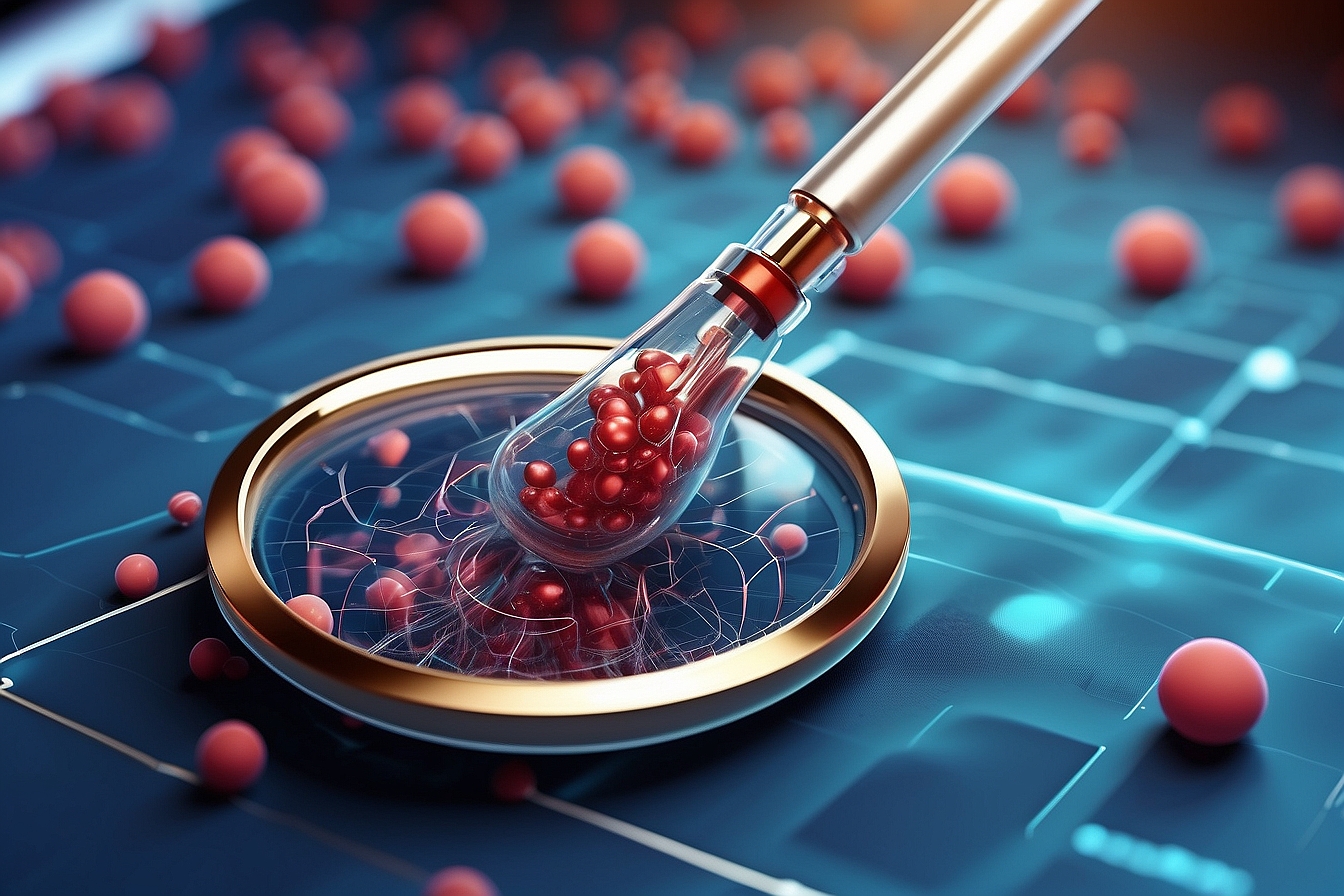

 Nano Technology various Applications in Medical Sciences
Nano Technology various Applications in Medical Sciences
Nanotechnology revolutionizes medical sciences through targeted drug delivery, imaging, and diagnostics. Nano-sized materials enable precise therapeutic interventions at the cellular level, minimizing side effects. Applications include cancer treatment with nanocarriers, biosensors for early disease detection, and nanomaterials enhancing medical imaging, showcasing the immense potential for advancing healthcare.
1.Definition of Nano Technology
2.Nano Technology Applications in Medical Sciences
i.Drug Delivery
ii.Imaging
iii.Cancer Treatment
iv.Diagnostic Tools
v.Regenerative Medicine
vi.Theranostics
vii.Vaccines
viii.Microscale Devices
ix.Nanorobotics
x.Antibacterial Agents
Nanotechnology is a multidisciplinary field of science, engineering, and technology that deals with materials and devices at the nanometer scale, typically ranging from 1 to 100 nanometers. A nanometer is one billionth of a meter.
The term “nano” refers to the nanoscale, and nanotechnology involves manipulating and controlling materials and structures at this level. It encompasses various scientific disciplines, including physics, chemistry, biology, materials science, and engineering. The unique properties that materials exhibit at the nanoscale often differ from those at larger scales, leading to novel and improved functionalities.
Nanotechnology can be applied in a wide range of areas, including medicine, electronics, energy, materials science, and environmental science. Examples of nanotechnology applications include the development of nanomedicine for targeted drug delivery, nanoelectronics for smaller and more efficient devices, nanomaterials with enhanced mechanical and thermal properties, and nanosensors for detecting and monitoring various substances at extremely low concentrations.
The ability to manipulate matter at the nanoscale provides scientists and engineers with the opportunity to create new materials, devices, and systems with improved performance and capabilities, opening up possibilities for innovation and advancements across various industries.
Nanotechnology has made significant contributions to the field of medical sciences, offering innovative solutions for diagnosis, treatment, and monitoring of diseases. Some notable applications of nanotechnology in medicine include:
1. Drug Delivery: Nanoscale drug delivery systems enable targeted and controlled release of pharmaceuticals. Nanoparticles can be designed to deliver drugs directly to specific cells or tissues, improving efficacy while minimizing side effects.
2. Imaging: Nanoparticles can be used as contrast agents in medical imaging techniques such as magnetic resonance imaging (MRI), computed tomography (CT), and ultrasound. These contrast agents enhance imaging resolution and allow for early detection of diseases.
3. Cancer Treatment: Nanoparticles are utilized in cancer therapies, including photothermal therapy, photodynamic therapy, and targeted drug delivery. These approaches aim to selectively target and destroy cancer cells while minimizing damage to healthy tissues.
4. Diagnostic Tools: Nanotechnology-based diagnostic tools, such as biosensors and nanoparticle-based assays, enable sensitive and rapid detection of biomarkers associated with various diseases. This can facilitate early diagnosis and monitoring of conditions.
5. Regenerative Medicine: Nanomaterials are employed in tissue engineering and regenerative medicine to create scaffolds that mimic the extracellular matrix, promoting cell growth and tissue regeneration. This has potential applications in repairing damaged organs and tissues.
6. Theranostics: Combining therapy and diagnostics, theranostic nanoparticles can simultaneously deliver therapeutic agents and provide real-time imaging of the treatment’s efficacy. This personalized medicine approach helps optimize treatment plans for individual patients.
7. Vaccines: Nanoparticle-based vaccine platforms enhance the stability and effectiveness of vaccines. They can also enable the delivery of antigens in a controlled manner, promoting a stronger immune response.
8. Microscale Devices: Nanotechnology contributes to the development of microscale devices for point-of-care diagnostics and monitoring. These devices can be portable, cost-effective, and provide rapid results, making them valuable in resource-limited settings.
9. Nanorobotics: The concept of nanorobots involves using nanoscale devices for targeted drug delivery, surgery, and other medical interventions at the cellular or molecular level. Though still in early stages, this area holds promise for precise medical procedures.
10. Antibacterial Agents: Nanoparticles with antibacterial properties are being explored to combat antibiotic-resistant bacteria. Silver nanoparticles, for example, have shown antimicrobial activity and potential for wound healing applications.
These applications showcase the versatility of nanotechnology in addressing challenges in medical sciences, offering more effective and precise solutions for healthcare. As research in nanomedicine progresses, it is likely to lead to further advancements and improvements in medical treatments and diagnostics.